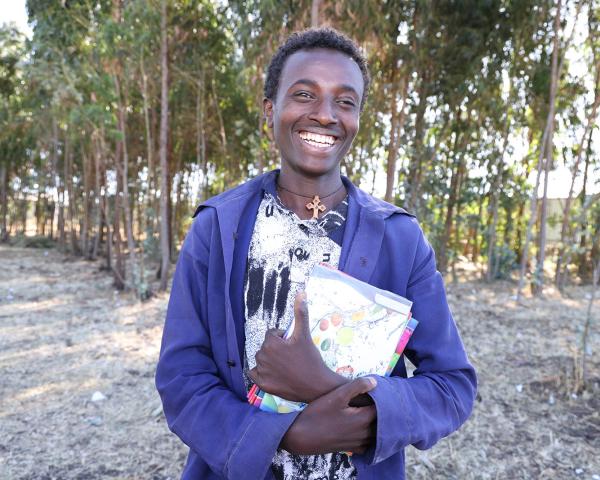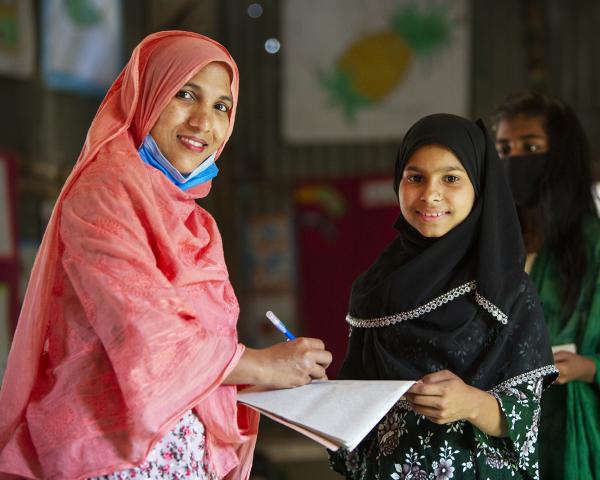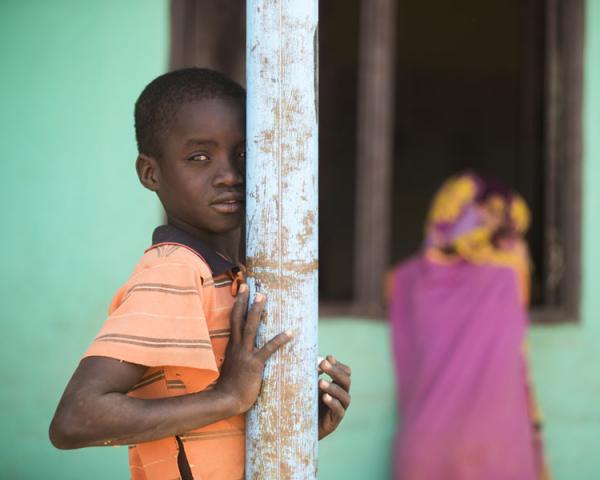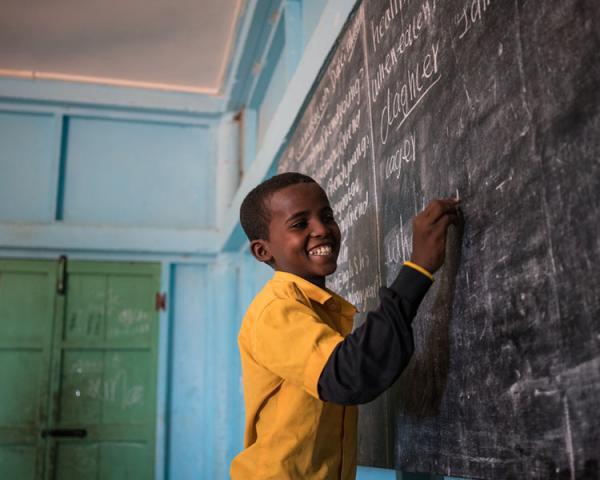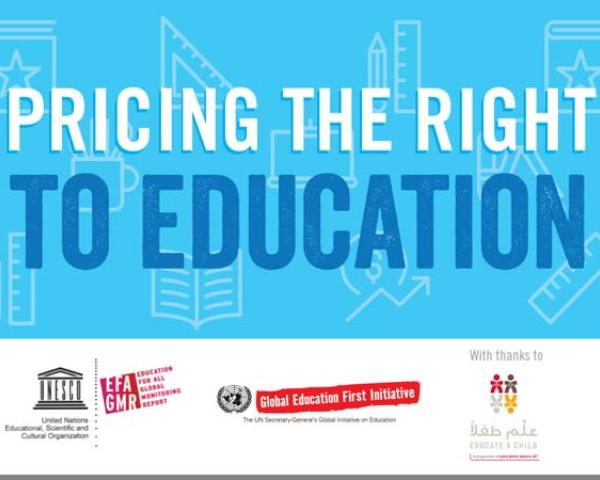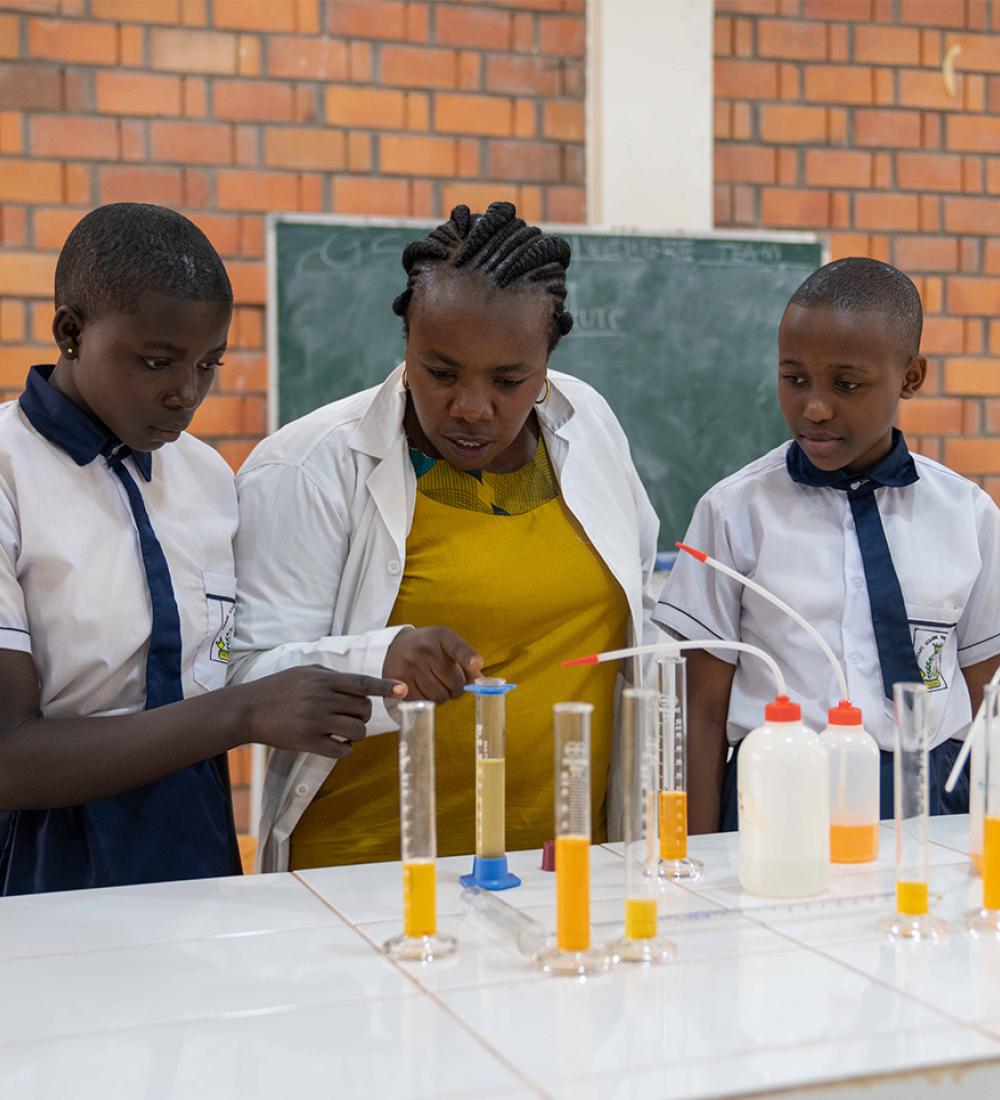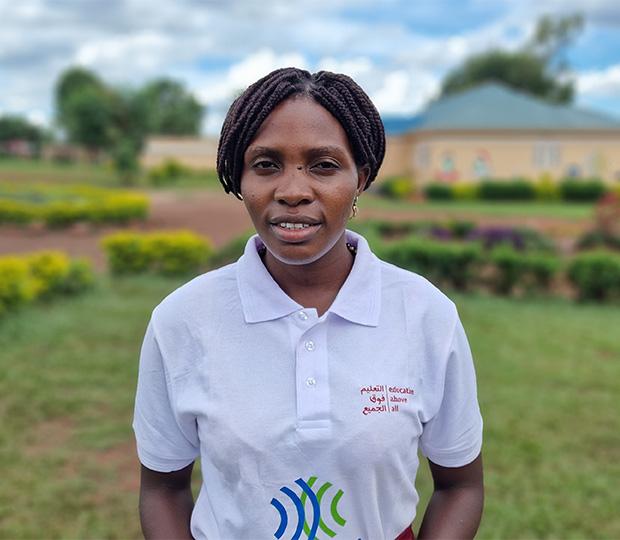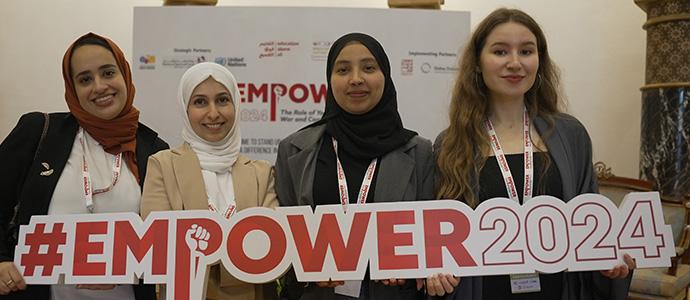Ways to improve Programs
School meal programs achieve better and stronger results when integrated into education programs. School meals should be implemented under the leadership of the Ministry of Education. Funding should be tied to attendance and foundational learning indicators (e.g., early-grade reading and numeracy), and programs should be reported alongside learning achievements.
School meal programs should also be embedded within school health initiatives. Meals work best when paired with WASH (safe water, sanitation, hygiene) and deworming interventions. Provision of food from local farmers can diversify menus, stabilise costs and stimulate rural livelihoods, provided that food safety, storage, and quality controls are in place.
Lastly, tracking coverage, attendance/retention, short-term hunger, menu compliance/dietary diversity and foundational learning – with disaggregation by sex, age, and disability – is necessary so that the program is managed for results, not just coverage.
Education Above All
As part of the Education Above All foundation (EAA) vision, to bring the hardest-to-reach children into school and learning, EAA supports government-led programs that use school meals to protect access to education and learning as part of an integrated package with WASH, teacher support and alternative learning pathways for out-of-school children. School meals is most effective when implemented alongside measures that improve children’s learning experience. The EAA also prioritises local approaches, engaging local farmers in production and distribution to strengthen local economies, diversify crops and support sustainable, climate-sensitive food systems. From the outset, the EAA encourages whole government leadership in design and implementation to secure ownership and long-term sustainability.
The EAA has supported projects in several countries. In Rwanda, the focus was on improving attendance and nutrition while building local delivery capacity. In Uganda, school-initiated meals were implemented to support caregivers and stabilise daily attendance, especially for vulnerable learners. In Kenya, food rations through social programs were used to keep children in class during periods of stress. In Zambia, the goal was to link agriculture and education through cooperation with World Vision and the Ministries of General Education and Agriculture, aiming to enrol vulnerable households in schemes that enhance household food security and the reliability of school meals. In Cambodia, food was provided within scholarship packages to lower the net cost of schooling and reinforce regular attendance. In Myanmar, grants for income generation, including food production on monastic lands supplying nearby schools, were provided. In many other countries, community-based school meals have been managed by local committees, strengthening accountability and local markets.
Call to Action
At a time when families face multiple pressures, economic and climate-related crises, it is essential to protect and strengthen school meal investments. To sustain and scale impact, governments and partners should institutionalise school meals within the education sector, ensuring programs are budgeted, monitored and managed against clear attendance and learning targets.
Scaling HGSF with support to local farmers, paying suppliers on time, enforcing nutrition and safety standards and investing in storage, kitchens and transport is essential.
They should also continuously measure and learn by publishing coverage data alongside enrollment, attendance and foundational skills. Periodic impact and cost-effectiveness studies should be commissioned to refine menus, meal frequency and complementary health interventions
On this World Food Day, the message to policymakers is straightforward: If we want resilient learning outcomes, let’s continue funding school meals. Disinvestment in school meal programs could risk reversing gains in enrolment, attendance, learning and retention with severe consequences for children's learning and the well-being of families and communities.
The authors first published this blog on the Daily Sabah website. Click here to read the original post.






